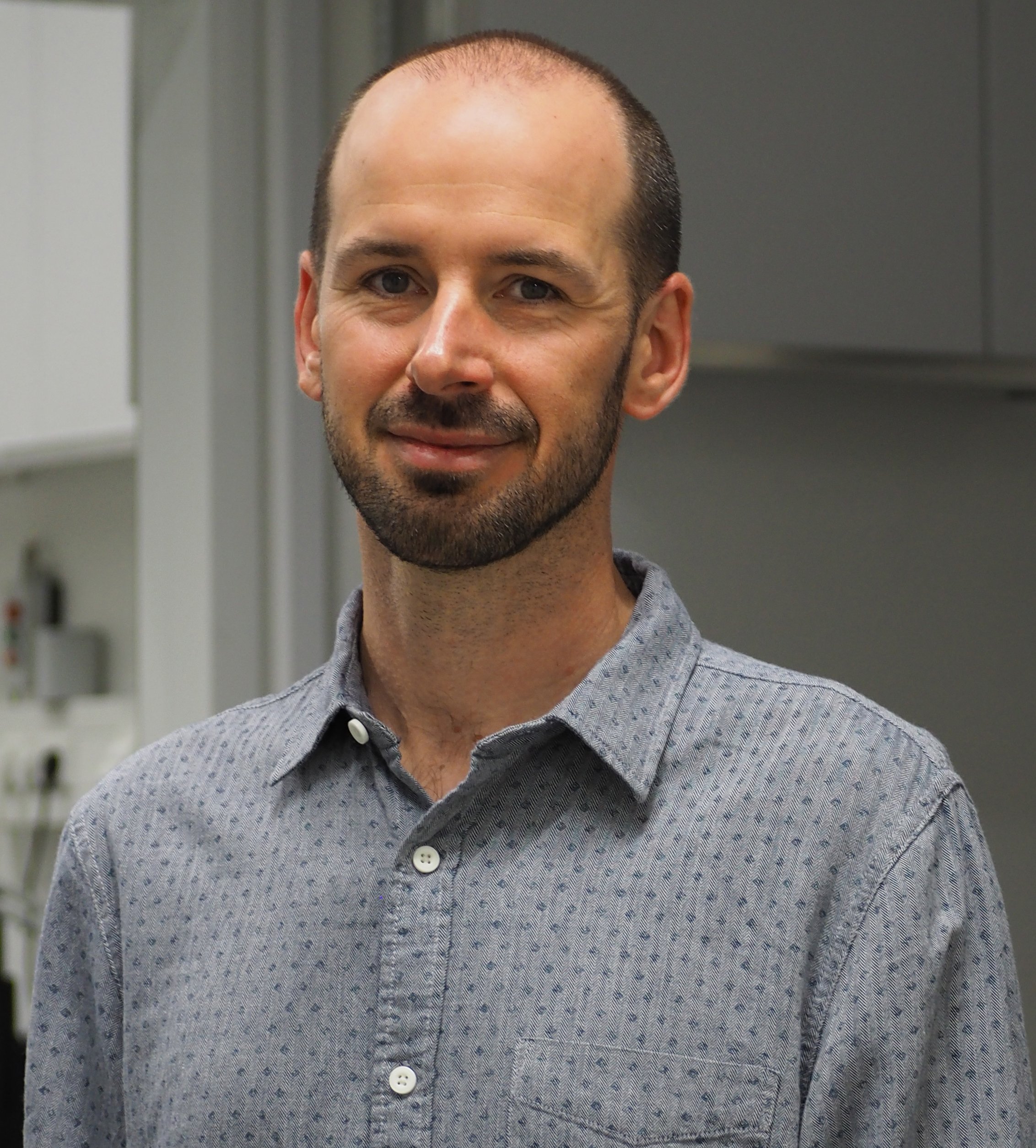
Prof. Dr. Petr Chlanda
petr.chlanda@
bioquant.uni-heidelberg.de
BioQuant (INF 267)
Phone: +49 6221 54–51231
Fax: +49 6221 54–51480
Cryo-Electron Microscopy of Viral Infection
Projects
We study membrane-enveloped RNA viruses, including influenza A virus and other members of the Orthomyxoviridae family, as well as SARS-CoV‑2 and Ebola virus. Our goal is to understand the molecular mechanisms of key steps involving virus-host membrane interactions during the viral infection cycle. Our research focuses on virus-mediated membrane fusion, the structure and function of replication organelles, and virus assembly.
These critical processes of viral infection remain poorly understood at high resolution in the context of infected cells. To address this, we use and further develop cryo-electron microscopy (cryo-EM) techniques such as cryo-focused ion beam milling (cryo-FIB), in situ cryo-electron tomography (cryo-ET), and cryo-correlative light and electron microscopy (cryo-CLEM). We also integrate other imaging methods, including fluorescence microscopy and cryogenic imaging mass spectrometry, to unravel the complexities of viral-membrane interactions.
1 | Entry and Spread of Influenza A Virus
We specifically investigate hemagglutinin-mediated membrane fusion and the entry of spherical and filamentous influenza A viruses. We have developed a correlative fluorescence and scanning electron microscopy approach that allows us to assess virus morphology changes during viral spread. Additionally, we examine how neutralizing antibodies and mucins influence the spread of viruses with different morphologies. This project is funded by SFB1129.
2 | Assembly and vRNP Trafficking in Orthomyxoviridae
We discovered that influenza A virus vRNPs interact with hemagglutinin-remodeled membranes, facilitating vRNP clustering. We are currently investigating vRNP incorporation into budding virions, orchestrated by M1 and M2 proteins, in both non-polarized and polarized cell lines using different members of the Orthomyxoviridae family.
3 | SARS-CoV‑2 Replication Organelles and Assembly of Virus-Like Particles
Using cryo-ET, we study SARS-CoV‑2 assembly in a virus-like particle system. We aim to understand how assembly is orchestrated at the molecular level and the roles of individual proteins in membrane bending. Additionally, we focus on the structural characterization of SARS-CoV‑2 double-membrane vesicles and a molecular pore. This project is funded by SFB1638.
Selected Publications
Vallbracht M, Bodmer BS, Fischer K, Makroczyova J, Winter SL, Wendt L, Wachsmuth-Melm M, Hoenen T, Chlanda P. (2025) Nucleocapsid assembly drives Ebola viral factory maturation and dispersion. Cell. 2025 Feb 6;188(3):704–720.e17. doi: 10.1016/j.cell.2024.11.024.
Zimmermann L, Zhao X, Makroczyova J, Wachsmuth-Melm W, Prasad V, Hensel Z, Bartenschlager R, Chlanda P. (2023) SARS-CoV‑2 nsp3 and nsp4 are minimal constituents of a pore spanning replication organelle. Nature Communications,14(1):7894. doi: 10.1038/s41467-023–43666‑5
Zimmermann L, Chlanda P. Cryo-electron tomography of viral infection — from applications to biosafety. Curr Opin Virol. 2023 Aug;61:101338. doi: 10.1016/j.coviro.2023.101338.
Winter SL, Golani G, Lolicato F, Vallbracht M, Thiyagarajah K, Ahmed SS, Lüchtenborg C, Fackler OT, Brügger B, Hoenen T, Nickel W, Schwarz US, Chlanda P, (2023) The Ebola virus VP40 matrix undergoes endosomal disassembly essential for membrane fusion, EMBO J. 42(11):e113578. doi: 10.15252/embj.2023113578.
Klein S, Golani G, Lolicato F, Beyer D, Herrmann A, Wachsmuth-Melm M, Reddmann N, Brecht R, Lahr C, Hosseinzadeh M, Kolovou A, Schorb M, Schwab Y, Brügger B, Nickel W, Schwarz US, Chlanda P, (2023) IFITM3 blocks viral entry by sorting lipids and stabilizing hemifusion, Cell Host&Microbe, S1931-3128(23)0019–9, doi: 10.1016/j.chom.2023.03.005.
Winter SL, Chlanda P, (2021) Dual-axis Volta phase plate cryo-electron tomography of Ebola virus-like particles reveals actin-VP40 interactions, J Struct Biol, 107742. doi: 10.1016/j.jsb.2021.107742.
Klein S, Wimmer WH, Winter SL, Kolovou A, Laketa V, Chlanda P, (2021) Post-correlation on-lamella cryo-CLEM reveals the membrane architecture of lamellar bodies. Communications Biology, 2021 Jan 29;4(1):137. doi: 10.1038/s42003-020–01567‑z.
Klein S, Wachsmuth-Melm M, Winter SL, Kolovou A, Chlanda P. (2021) Cryo-correlative light and electron microscopy workflow for cryo-focused ion beam milled adherent cells. Methods Mol Biol. Correlative Light and Electron Microscopy, IV Volume 162, Chapter 12.
Klein S, Cortese M, Winter SL, Wachsmuth-Melm M, Neufeldt CJ, Cerikan B, Stanifer ML, Boulant S, Bartenschlager R, Chlanda P. (2020) SARS-CoV‑2 structure and replication characterized by in situ cryo-electron tomography. Nature Communications, 11, 5885 doi.org/10.1038/s41467-020–19619‑7.
